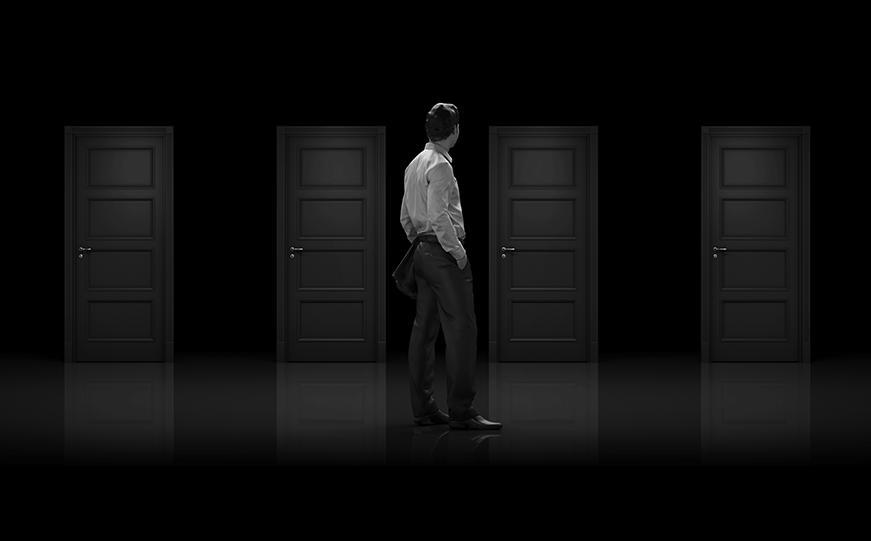Having an abundance of product choices so that you can find exactly what you’re looking for sounds great, right?
Consider, for example, the toothpaste aisle in any drugstore. As you walk down the aisle, you are greeted by seemingly endless variations on what is, in essence, a pretty basic theme. Looking for minty fresh whitening toothpaste for sensitive teeth with a pinch of baking soda for good measure? Odds are you can find it… and more.
While it seems counterintuitive, most people would prefer to have fewer choices. In fact, presenting consumers with a large array of product options can create “analysis paralysis”… a state in which too many choices leads to overthinking, second guessing and – in many cases – inertia.
A similar phenomenon happens when making larger, more consequential purchases. For example, purchasing a new roof or hardwood flooring. So, what gives? After all, it stands to reason that – because consumers have access to more high-quality information than ever before – decision-making should be easier, not harder.
Indeed, the availability of a wealth of product information (including online reviews) has made it all too easy to research. And then research some more… the pros and cons of every option available to us. If we’re honest with ourselves, who hasn’t been lured into a black hole of link-clicking, based on what started out as a five-minute Google search? The irony is we’re likely to be more confused than before we began.
According to a recent consumer report, 54% of consumers have stopped purchasing products from a brand because selecting the right product was just too challenging.
A New York Times article on social psychology studies bears this out – revealing that, the greater the number of choices that are presented to others, the less engaged they become over time. An effect known as “decision fatigue.”
Psychologist Barry Schwartz coined the phrase “Paradox of Choice” to describe how having more choices can enable us to make better decisions… but can also create greater anxiety, indecision and dissatisfaction. It turns out that having too many options – including too much messaging or too many product variations – can result in poor decisions and delayed decisions. Or no decision at all.
The Right Choice
So, how do building products companies make it easier for their prospects and customers to select products… and feel good about their decisions?
Following are three ways to help combat decision fatigue:
Keep it (messaging) simple. Most of us are confronted with an overload of information on a daily basis – resulting in a lot of “noise” and distraction. As such, many consumers appreciate messaging that presents a brand’s products and solutions as the clear, uncomplicated and obvious choice. While there is a place for clever themes and play-on-words, sticking to concise, to-the-point messages (that cut through the clutter) can go a long way in simplifying the purchasing decision. That doesn’t mean brands can’t be creative, but – as with most things – moderation counts. Ultimately, you want to help customers quickly understand the differences between choices and the consequences associated with each one.
Make it easier to weigh options. Offering online tools that help customers narrow down their product options according to their specific needs, budgets, geography, etc., can ease anxiety and help to reduce the dreaded “what ifs.” A number of building product brands offer visualizers… that allow consumers to envision how products will look on their homes, along with online questionnaires that help them choose the best products for their particular situation. Some sites even go as far as making proactive product recommendations, based on user input.
Build brand credibility. Prospective customers don’t want to take a brand’s word that they offer the best products, most responsive customer service and industry-leading warranties. Instead, audiences want to know that a building product brand has delivered on its brand promises to other similar consumers. An effective way to stand out from the crowd and engender brand trust is to provide case studies and testimonials from satisfied advocates. Hearing firsthand how your product or service helped to address someone else’s pain points makes your product more trustworthy – and more relatable – which instills confidence in the decision-making process.
Bring it Home
Using the methods above can help building products brands reduce choice complexity and simplify the decision-making process – increasing the likelihood of purchase while improving customer satisfaction and promoting brand loyalty. Learn how Kleber & Associates can help you streamline the decision-making process for your customers.




